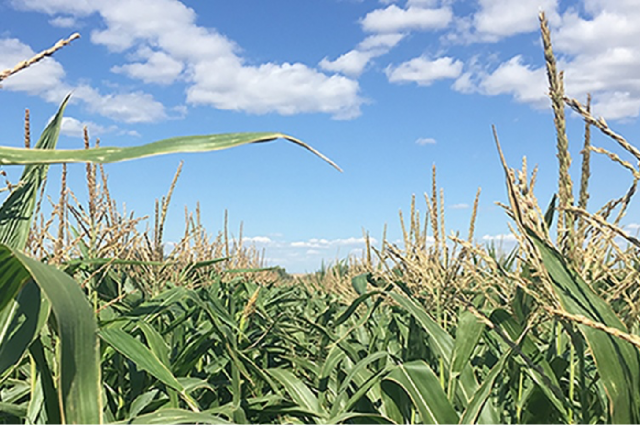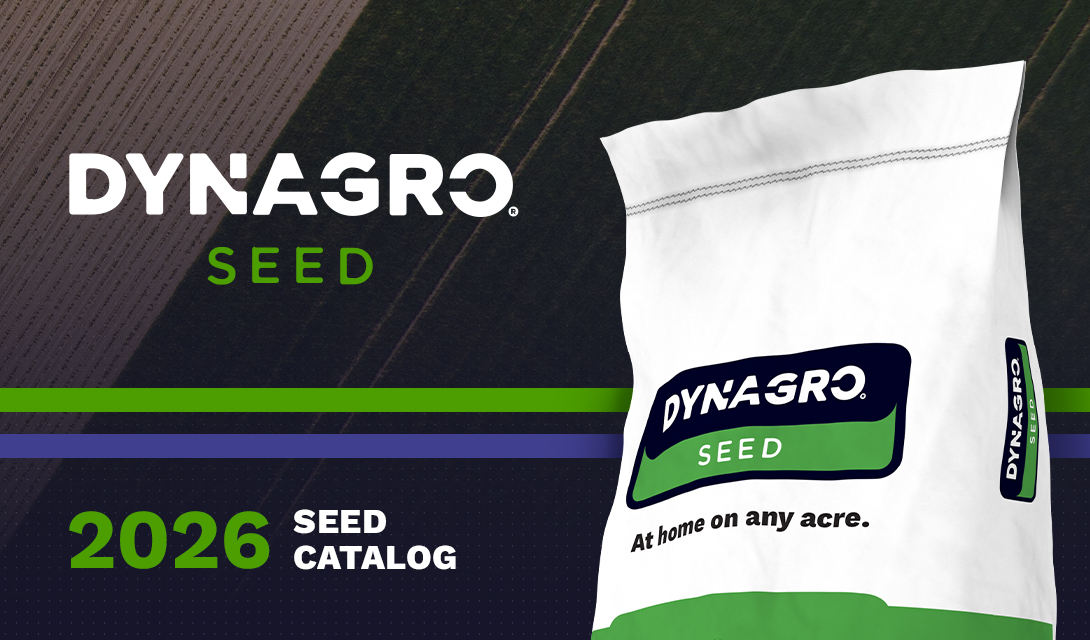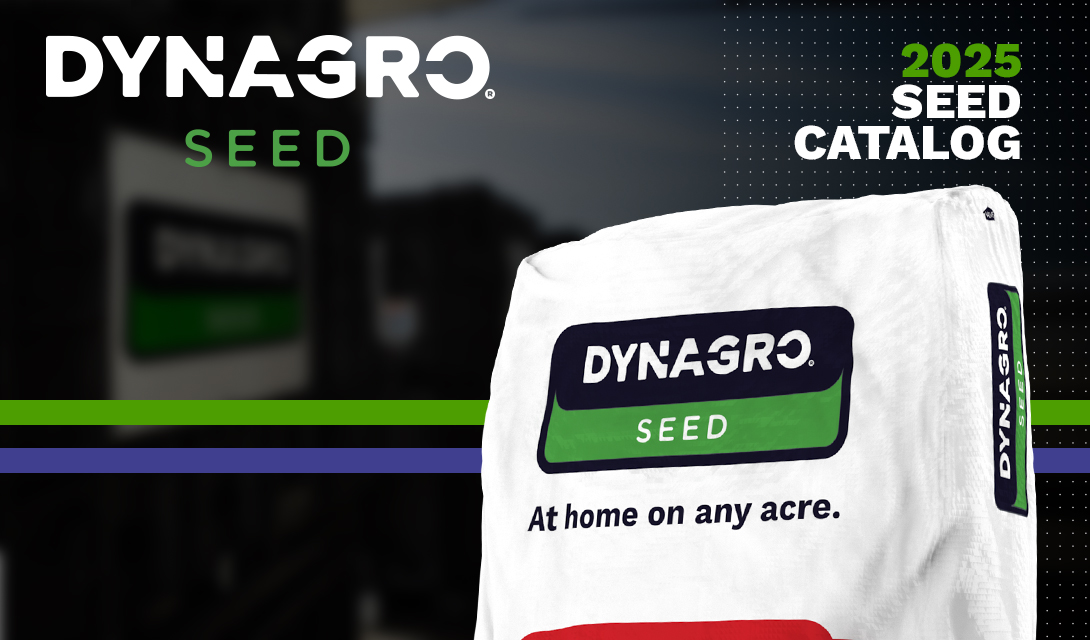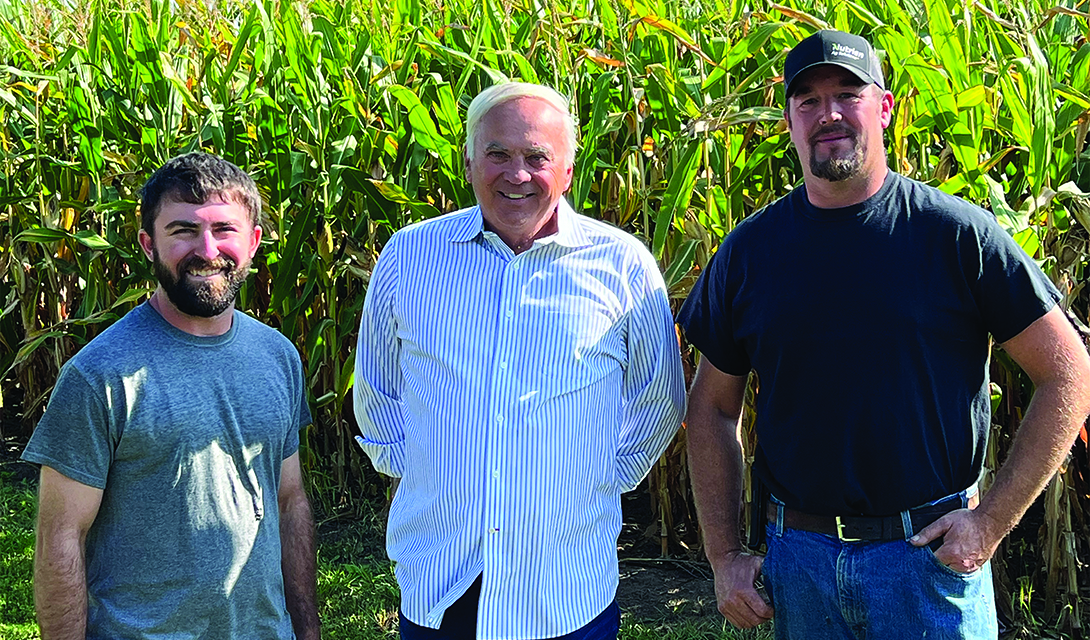Understanding Frost Damage
The first step in determining frost and freeze damage is to understand the temperatures at which damage occurs and how the extremes of temperature and duration can affect crops.
The minimum daily temperature during a 24-hour period will usually occur just after sunrise. This cold air normally settles into the low-lying areas of waterways and depressions in the field where it affects crops first. Water normally freezes at 32 degrees Fahrenheit. Leaf tissue can freeze at temperatures two to three degrees above that level, through a process called radiative cooling, if the nighttime sky is clear and winds are calm.
Symptoms of Frost Damage
The effects of freezing temperatures will not show up immediately. Leaf tissue that has been exposed to freezing temperatures will begin to take on a silver color approximately 4 to 6 hours after the temperature returns to normal.
The frozen tissue may become white or light green in color approximately 30 hours after exposure. In the days following the freeze the tissue will progress through several color changes and will eventually become dark brown or black. Damaged tissue will eventually become dry and break off the remaining plant.
Frost damage to leaf tissue of young corn plants may not be yield limiting. Young corn plants can lose all or nearly all of their leaf tissue and fully recover with little or no yield loss. This of course is assuming normal maturity due to a normal frost date. If the frost damage occurs prior to the fifth leaf (V5) stage the growing point is usually below ground and protected from the freezing temperatures.
Recovery of corn plants after a freeze will depend on the temperature and moisture content of the soil. When regrowth begins it will be evident in the whorl area. With adequate moisture and warmer soils plants will recover more rapidly than in cold soils. Lack of moisture will diminish recovery in warm soils and even more in cold soils.
One of the concerns growers may have is that if there are dead leaves at the top of the plant or in the whorl. New leaves may not unfurl properly due to the dead leaf material remaining tight and unwound. After 3 major late frost events in the mid 80’s, late 90’s and again 2008, the question of mowing off the dead material has arisen. In each case there was no difference in yield between mowing the dead material and plants that the leaves were left to grow through the dead material. Keep in mind that the cut on the plant will need to “heal” before development will begin again. The concern of tassels not being able to emerge and shed pollen may come up. Lack pollen shed is hardly a factor as a tassel will produce 2-5 million pollen grains contained in 2-6000 anthers. This equates to 2-5,000 pollen grains per kernel where only one pollen grain is required per kernel.

Determining Damage to the Growing Point
The growing point of the corn seedling is located below ground until the plant is about ten inches tall. The location of the growing point can be determined by digging up the plant and carefully splitting the stalk lengthwise from the upper leaves through the root crown. The growing point is the whitish area showing layers of tissue arranged into a cone-like shape. The growing point is normally unaffected if it was below the soil surface at the time of the freeze. However, very cold temperatures of 32 degrees Fahrenheit or colder for several hours can penetrate the upper soil surface and damage or kill the growing point of a young plant even when it is below the soil surface.
If the growing point was at or above the soil surface at the time of the frost the growing point will begin to turn brown and become soft within about three to four days after exposure.
Determining if Replanting is needed
It is always best to wait three to four days after a frost to determine the extent of the damage, especially if the growing point was at or near the soil surface at the time of the frost. If a hard freeze occurs to older plants, it is best to replant quickly to take advantage of the remainder of the growing season.
To get an accurate estimate of the extent of damage, observe and sample plants from at least three parts of the field. Determine original plant stand by counting healthy plants in 1/1000th of an acre (see Table 1) in at least three locations.
Determine the average population of the healthy plants. Repeat the same procedure in the areas affected by the freeze. Determine the percent yield loss due to stand reduction from Table 2.
Compare the cost of replanting the affected areas, including seed, chemical, machinery and labor costs to the potential yield of the replanted areas. The cost benefit of replanting should be clearly positive to justify replanting. If the potential return is marginal or negative the areas should be left undisturbed.

© Copyright 2012. This information may have been accumulated from publicly available sources outside of Dyna-Gro Seeds, or its affiliates. Individual results may vary, and performance may vary from location to location and from year to year. This result may not be an indicator of results you may obtain as local growing, soil and weather conditions may vary. Dyna-Gro® is a registered trademark of Loveland Products, Inc. Featured logos are service/trademarks of their respective owners.




